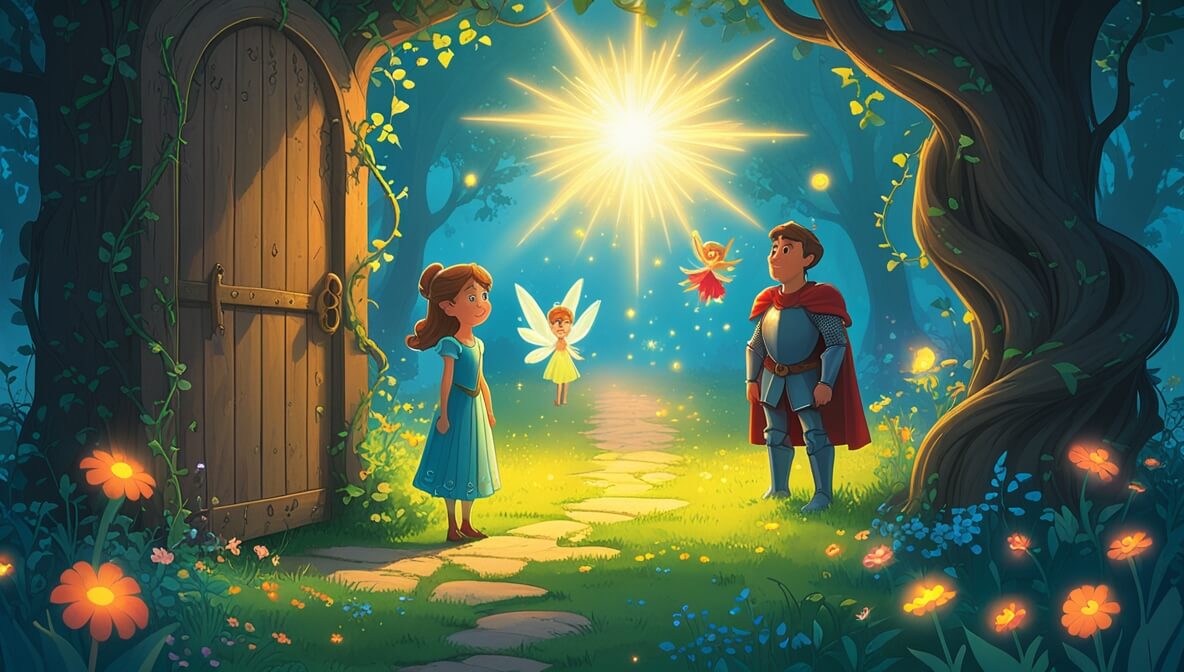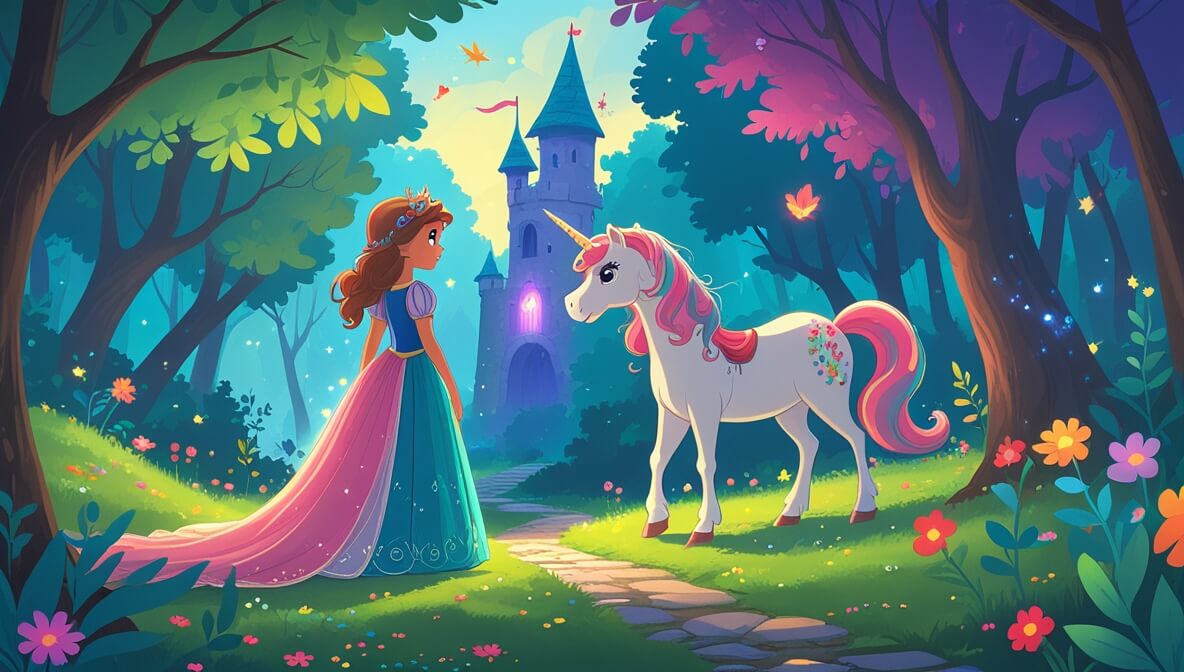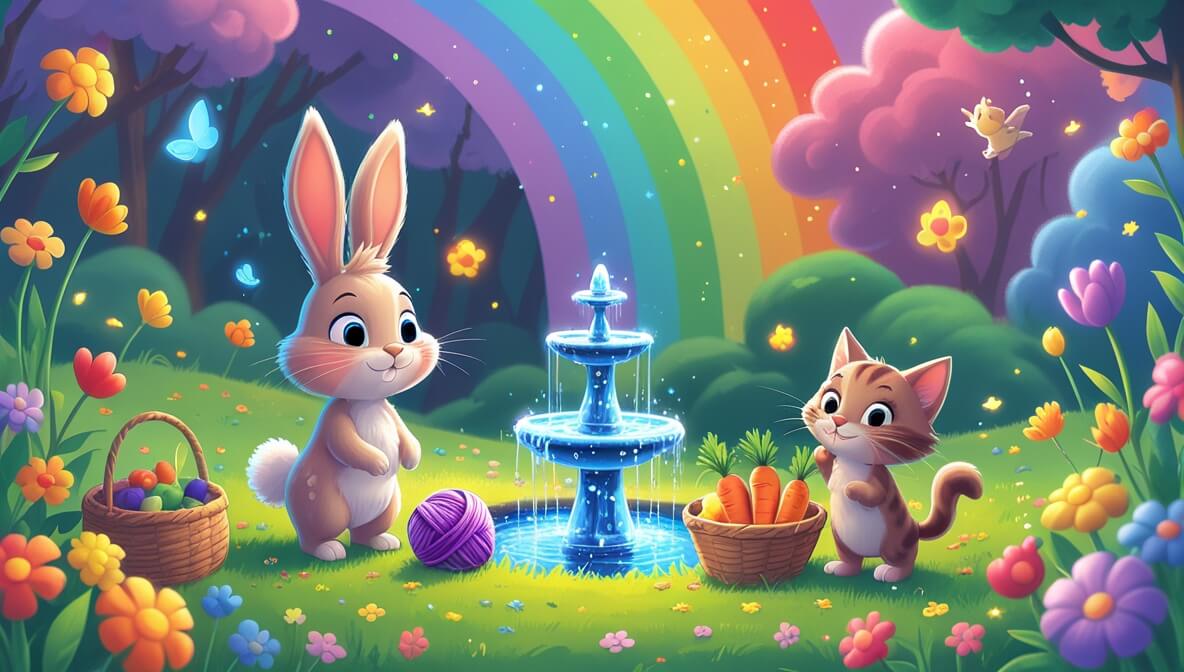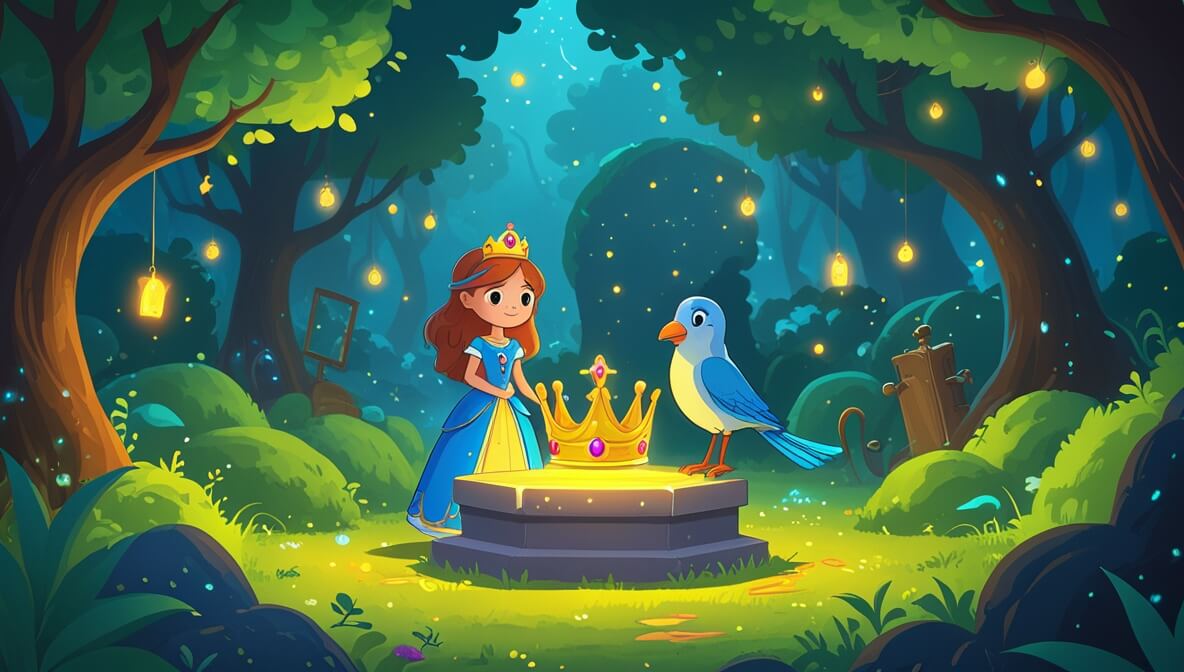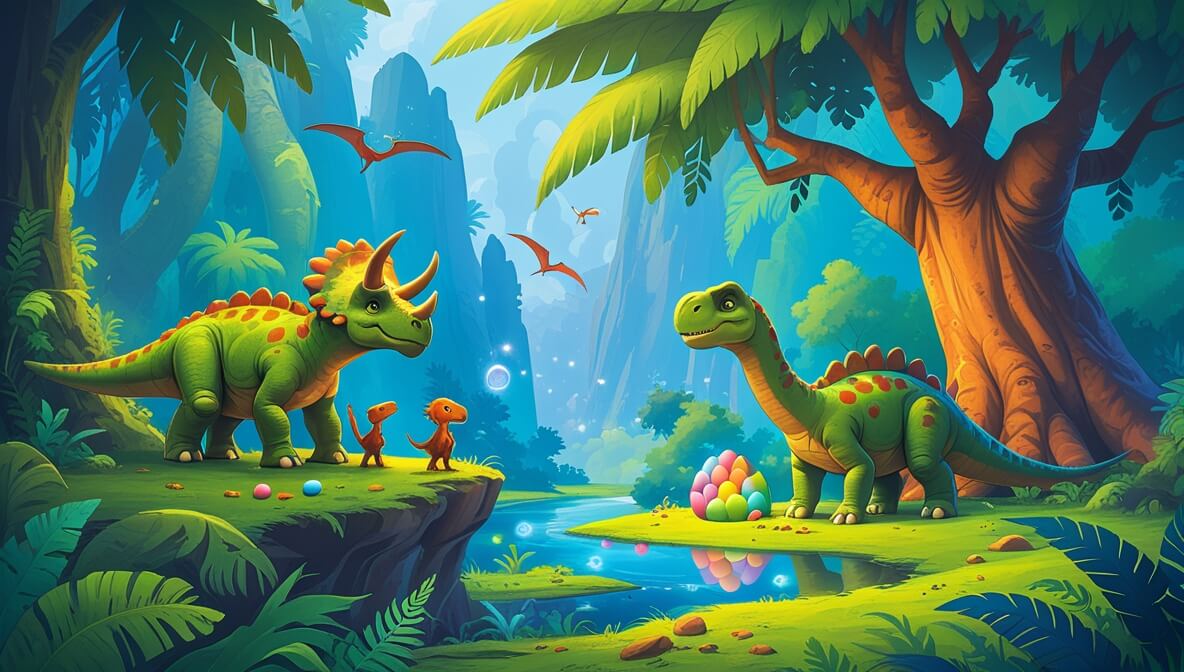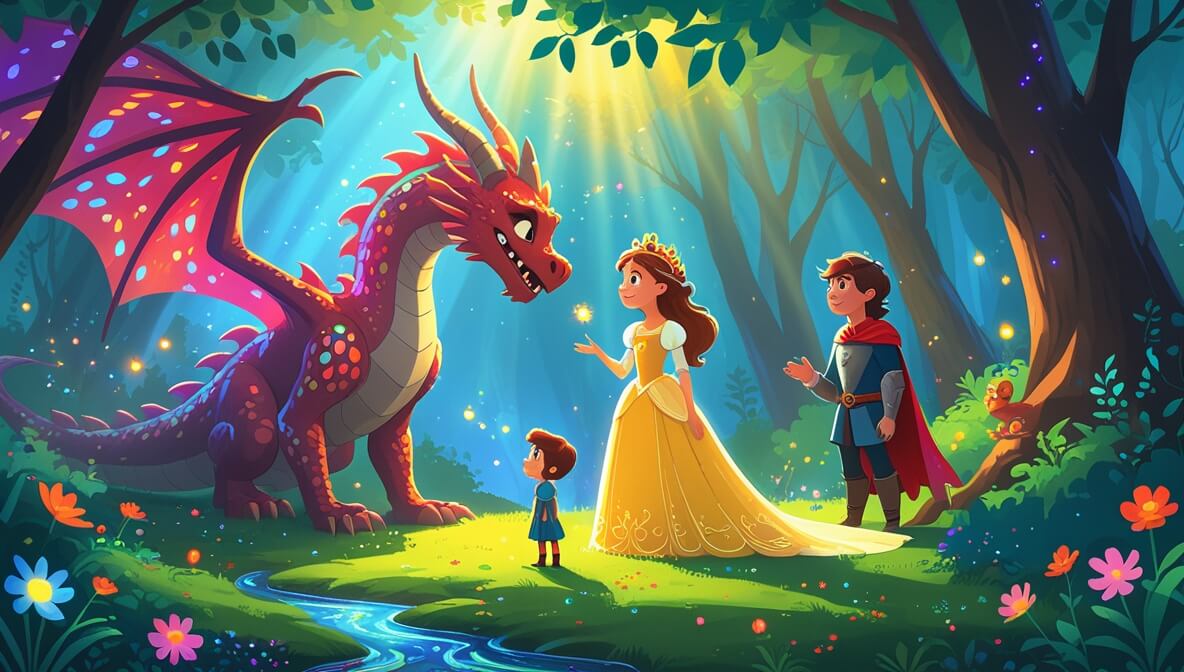In the Kingdom of Luminara, Princess Elinor embarks on a magical adventure to save her enchanted garden from a mysterious curse. Along the way, she discovers bravery and friendship in the most unexpected places.
Age Recommendation
3 – 12 years
Characters
Characters:
- Princess Elinor (a kind-hearted princess with a love for nature)
- Sir Cedric (a brave knight with a loyal heart)
- Willow (a wise fairy who guards the enchanted forest)
- Griselda (a mischievous witch with a secret plan)
Story
Once upon a time, in the radiant Kingdom of Luminara, there was a beautiful garden known for its vibrant colors and magical flowers. This garden belonged to Princess Elinor, who cherished every blossom and creature that thrived there. One day, she noticed the flowers wilting and the air growing cold. A mysterious curse had befallen her beloved garden.
The Quest Begins
Determined to save her garden, Princess Elinor set out on an adventure. She called upon her loyal friend, Sir Cedric, who promised to help her face any danger. As they journeyed through the lush forest, they encountered Willow, a wise fairy who had lived there for centuries.
The Enchanted Forest
Willow explained that an old enemy of the kingdom, the witch Griselda, had cast a spell to drain the garden’s magic. Together, Elinor, Cedric, and Willow devised a plan to confront Griselda and lift the curse.
A Secret Spell
First, they needed to find the hidden spellbook in a cave deep within the forest. With Willow’s guidance and Cedric’s bravery, they navigated the maze of trees and found the cave. Inside, they discovered the spellbook covered in dust and cobwebs.
The Confrontation
Armed with the spellbook, the trio approached Griselda’s lair. Griselda was surprised to see them but laughed at their attempt to stop her. However, Elinor’s determination shone bright as she recited a magical chant from the spellbook, breaking the curse.
Restoration of Magic
The garden’s colors returned, and the flowers bloomed more beautifully than ever before. Griselda, realizing the strength of their friendship and courage, retreated into the shadows. The kingdom celebrated Princess Elinor’s bravery and the garden’s revival.
The end.
Moral of the Story
Bravery and friendship can overcome any challenge, no matter how daunting. Working together with trust and determination helps us achieve great things.
Questions to Think About
- What made Princess Elinor brave enough to confront Griselda?
- How did Sir Cedric help Princess Elinor on her adventure?
- Why was it important for Willow to join the quest?
- What would you do to help someone in need?
- How can you show bravery in your everyday life?
Do You Know
- Fairy tales often use gardens and forests as symbols of magic and mystery.
- In many cultures, flowers represent beauty, hope, and renewal.
Word Explorer
- Enchanted: Filled with magic or wonder
- Curse: A spell intended to cause harm or misfortune
- Lair: A secret or private place where someone seeks concealment
Emotions in the Story
- Determination: Princess Elinor felt determined when she decided to save her garden.
- Bravery: Sir Cedric showed bravery when facing the dangers of the forest.
- Surprise: Griselda was surprised when Elinor and her friends broke the curse.
Color Your Scene
Imagine the moment when Princess Elinor’s garden bursts back into color. Picture the bright yellows, reds, and blues of the flowers and the vibrant green of the leaves. Draw this scene, adding your own magical touches to the garden.
Parents’ Corner
This story can help parents discuss the importance of working together and supporting friends. It highlights the values of bravery and perseverance, showing how challenges can be overcome when faced with courage and unity. Encourage your child to think about how they can be supportive and brave in their own lives, fostering empathy and resilience.






